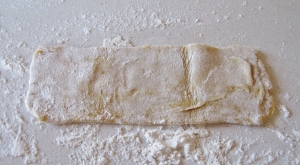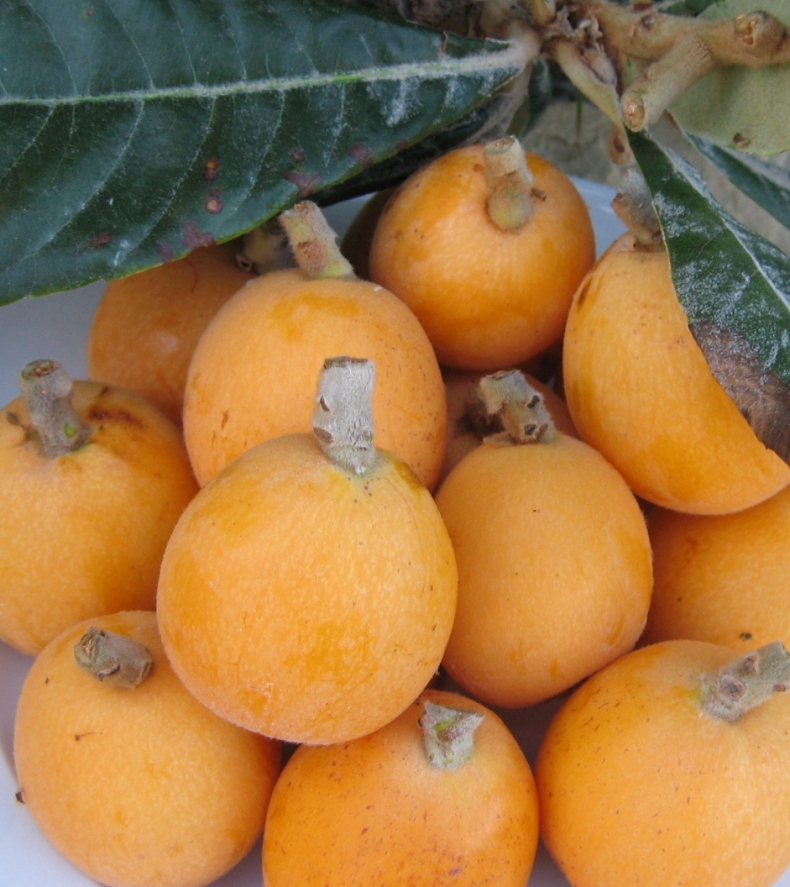I have had requests to give any beginners a step by step guide on how to make fresh pasta as effortlessly as I am able to do.
A question that I am often asked is – is fresh pasta that good that it is worth the effort of making it – and the answer is yes indeed it is. The taste and texture of home made pasta is superior to any manufactured pasta.
Not only that, there are several different recipes of types of pasta for you to choose from as well as the opportunity for you to add flavourings to the pasta as you make it. Rich Egg Pasta which is made with just egg yolks, flour and a pinch of salt. Whole Egg Pasta, which is more like the fresh pasta that one can buy in the supermarket but a much better texture and taste when you make it yourself. Both of the above can be varied by the addition of dry flavourings. Cocoa powder is particularly successful for chocolate pasta to go with rich game sauces. Ground dried mushrooms work well too.
And then there is one which is made with flour and whole egg, with the addition of oil and liquid. The liquid giving you the opportunity to vary the flavour and colour of the pasta with non dry flavourings, so it can be wine, or squid ink for black fish flavoured pasta, a strong prawn stock for a pink fish pasta, fruit juice concentrates give other interesting flavours and colours. The variations are as great as your imagination allows. And this is before we get to considering all the shapes and thicknesses that the pasta can have – Ravioli, Linguine, Tagliatelle, Lasagne, Lasagnete, Canneloni……….
But let’s not get ahead of ourselves, back to the beginning.
Firstly you need to invest in a pasta machine, or dig that gifted one out of the back of the cupboard where it has been left for far too long. There are a huge range available on the internet at a huge range of prices. For a beginner it is best to go for a simple machine that is turned by hand. The speed of the electric ones is a bit too fast for the inexperienced, and really you only need an electric machine if you are regularly making pasta for more than six people. Amongst the hand operated ones, it is useful to have one that has rollers for cutting linguine and tagliatelle, but other than that they are all pretty similar. With the more expensive ones, in my opinion, you are paying the extra money for the brand name and the paint job. My machine which I am very happy with came from Ikea.
A small food processor is a useful although not essential piece of equipment when making pasta, especially if time is short.
The flour. For successful pasta making, a strong flour is required so that you have an elastic dough. If you can get the Italian 00 strong pasta flour, this is the ideal, as not only is it a strong flour to give elasticity, it is very finely ground, so it gives a fine texture that can be rolled very thin. White bread flour would be my second choice. For those of you itching to make wholemeal pasta, the bran in the flour reduces the elasticity and makes the dough more crumbly, so get the hang of making pasta with white flour first and then you can progress onto wholemeal. Standard plain white flour will make pasta, but will need more delicate handling, so to be avoided for the begginer.
Space. As you roll the pasta it will become long strips the width of the pasta machine, so you need a floured surface on which to put these while you are rolling the other strips. So make sure that you have a clear clean space on your work surface or table before you start rolling.
Time. Try out making pasta for the first time when you have an hour or so to dedicate to the operation. Once you get proficient, then you will be able to spend five minutes making the dough, and then a further 10 minutes rolling it out, but to begin with minimise the stress by giving yourself time without distractions to dedicate to the learning of a new skill.
RICH EGG LASAGNETTE
I recommend that for easy handling, that you make the amount for 2 people the first time that you try this.
Per person for a main course, halve the amount for a starter sized portion.
20 gms 00 pasta flour
1 large egg yolk
If you are using a mini food processor simply put all the ingredients in it and process to a dough. If the dough is very stiff and dry and is not holding together, add a teaspoon of the egg white and pulse. If the dough is still very dry you may have to repeat this operation. The reason that the dough is sometimes the wrong texture is that different flours absorb different amounts of liquid, and of course there is slight variation in the size of a large egg yolk.
If you are mixing the dough by hand, mix the flour and salt, and pour in a heap on a board. Make a well in the centre and drop in the egg yolk. Slowly knead the flour and egg together until you have a firm dough. If the dough is very dry and doesn’t hold together, add egg white as above.
The dough at this stage can be floured and wrapped in cling film and then left to rest in the fridge until needed.
To roll the dough. Firmly attach the pasta machine to the work surface or a table. Flour the worktop around the machine. Make sure that the rollers are on the setting with the widest gap between them. Flour the dough and roll through the rollers turning the handle as you go. You will end up with a long oval of dough. Fold into 3 lengthways, turn 90 degrees and roll again.

Keep repeating this rolling and folding until the pasta is paler and silkier. With this type of pasta it is between 8 and 10 rollings. If the pasta starts to get crumbly and breaks up a bit, stop the folding and rolling and move on to the next stage.
Move the setting of the distance between the rollers one number closer. Roll the dough, lightly dust with flour. Then move one more number and roll again, lightly dust with flour again. Keep moving one setting at a time until the dough is quite thin, number 7 or 8 on my machine. As the strip of pasta gets longer, do cut it into more manageable lengths.
Lasagnette is pasta strips narrower than the lasagna sheets and wider than papardelle, so is easily cut by hand. I cut my wide pasta strips that have come out of the machine into three. The length can be whatever you find manageable, around 20 cms is about it. Do not worry about squaring off any rounded bits at the end of your strips, they will not be noticed when the dish is finished and it is a waste of a good little bit of pasta.
While you are preparing the sauce for the pasta and waiting for the water in which you are going to cook the pasta to come to the boil, you can leave the strips on the floured worktop. If they start to dry out a bit, it doesn’t matter, they will cook up the same. You only need to cover the pasta if you have flies lurking around, in which case just gently lay clean tea towels over it.
For cooking the pasta you need plenty of water that has a little salt and oil added to it. The reason for having a lot of water is so that when the pasta has been added the volume of water will not lose so much heat as a smaller amount and will therefore come back to the boil fairly quickly.
I like to use a pasta pan, which is a tall pan with a steamer type pan with holes in it that fits inside. As the inner pan doesn’t reach the bottom of the outer pan it means that there is always an extra well of water below it, which helps retain the heat and stops the pasta sinking to the hot base of the pan just about the heat and sticking to it. Also when it comes to serving, you do not have to dash across to the sink to drain your pasta, you merely slowly lift out the inner pan sitting it at an angle so that the water drains back into the lower pan. So that when you are ready the pasta is drained and next to the pan with the sauce for transferring to it. So a pasta pan is helpful but not essential.
Fresh pasta cooks in only 3-6 minutes depending on the thickness of it, and dries and sticks to itself fairly quickly once it has been drained from its cooking liquid, so always prepare the sauce before putting the pasta in the pan to cook. There are not so many sauces that will spoil by having the heat turned off and being reheated a few minutes later once the pasta is ready to be added. You will generally find that the sauce hardly needs reheating.
A final word on the sauce to go with your pasta. Remember that the sauce wants to be more of a dressing for the pasta than an event in its own right, so restraint on the amount of sauce that you put with the pasta.


















